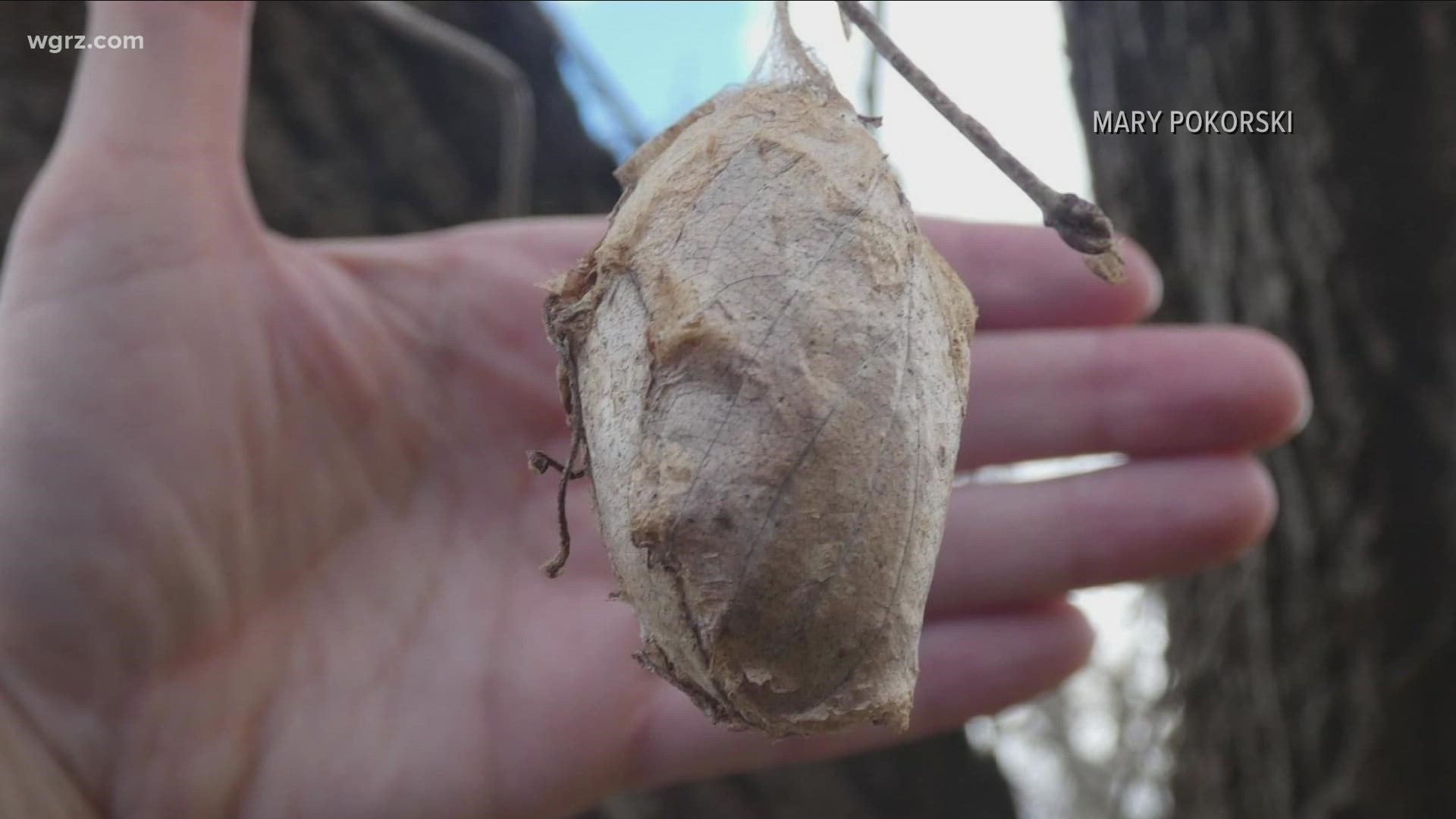BUFFALO, N.Y. — Winter survival depends on adaptation. We humans have to create our own methods, but for the wild kingdom, those adjustments must come from within. Animals have a multitude of ways to deal with the cold and ice and all of them are amazing. Mary Ronan, Environmental Educator at Reinstein Woods in Cheektowaga, explains.
"Wildlife might choose to migrate, they might choose to hibernate, or they might find adaptations that a lot of them stay active all winter long. "

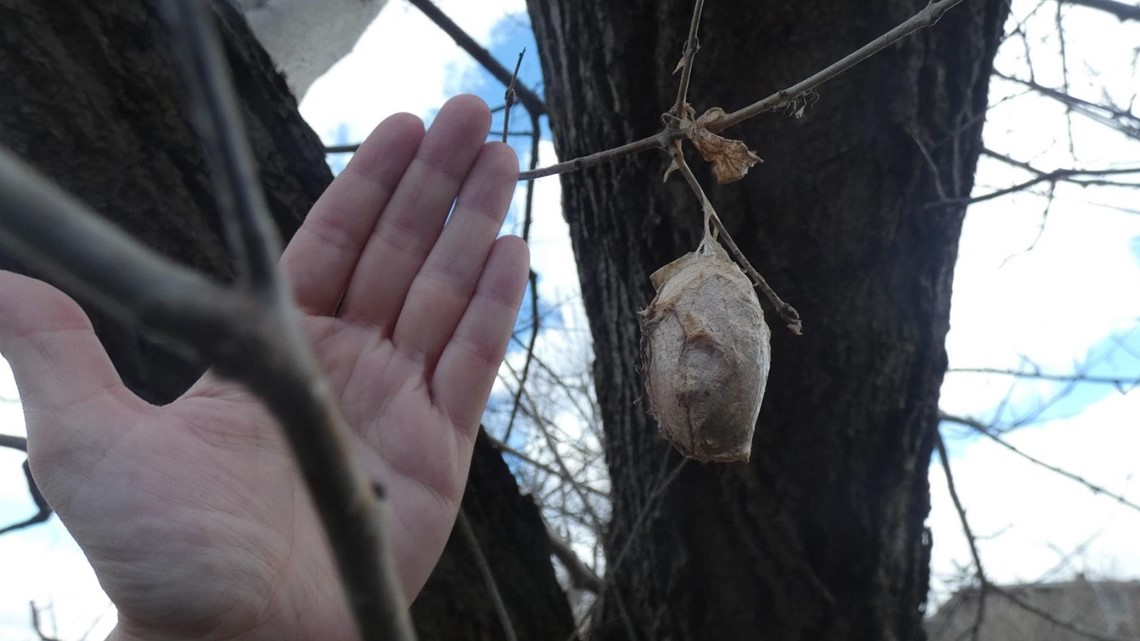
Some life, such as insects, we rarely think about because of their diminutive size, out of sight, out of mind. Ronan says that they essentially put their lives on pause.
"Some insects press pause in the egg stage and they'll survive the winter in that egg stage, some will survive the winter in a cocoon or a pupa, but then we even have adult insects like our Mourning Cloak Butterfly, that just tucks itself right underneath some bark, and that's how it's going to spend the whole winter."

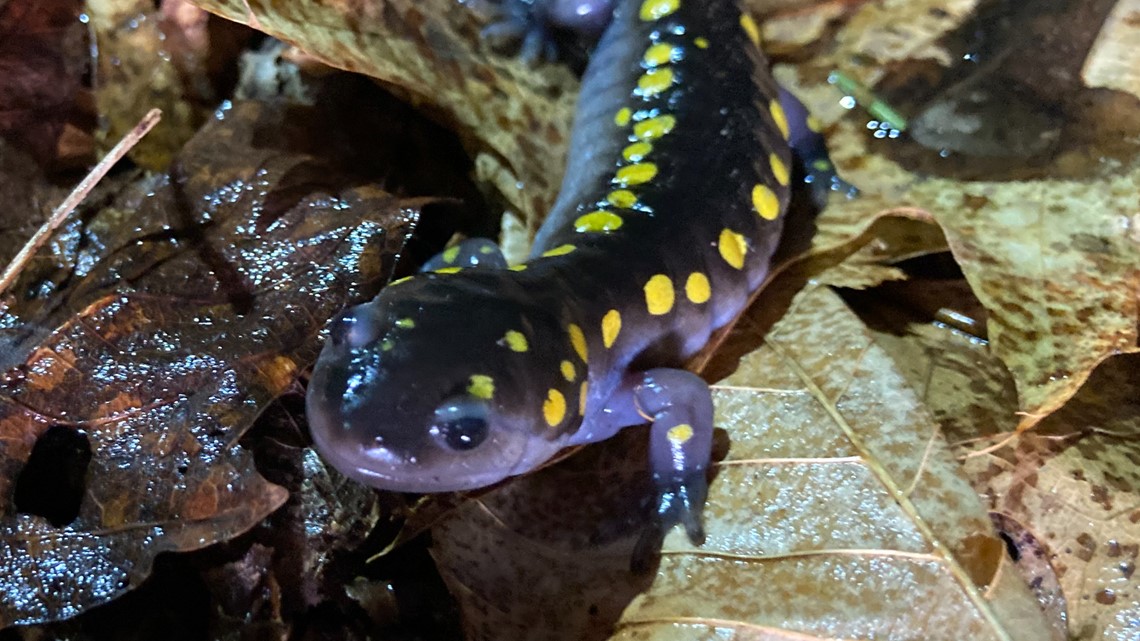
Amphibians use a process called brumation, in which their bodies shut down in order to conserve energy for the season. Some frogs are remarkable in an additional way.
"When it starts to get cold and they have that first contact with ice, a Wood Frog is going to pull water away from the center part of its body, and that water on the outside is going to freeze solid." Ronan says." But at the same time, the Wood Frog is pumping sugars through its circulatory system, and those internal organs are going to be pumped full of sugars which acts as an antifreeze."

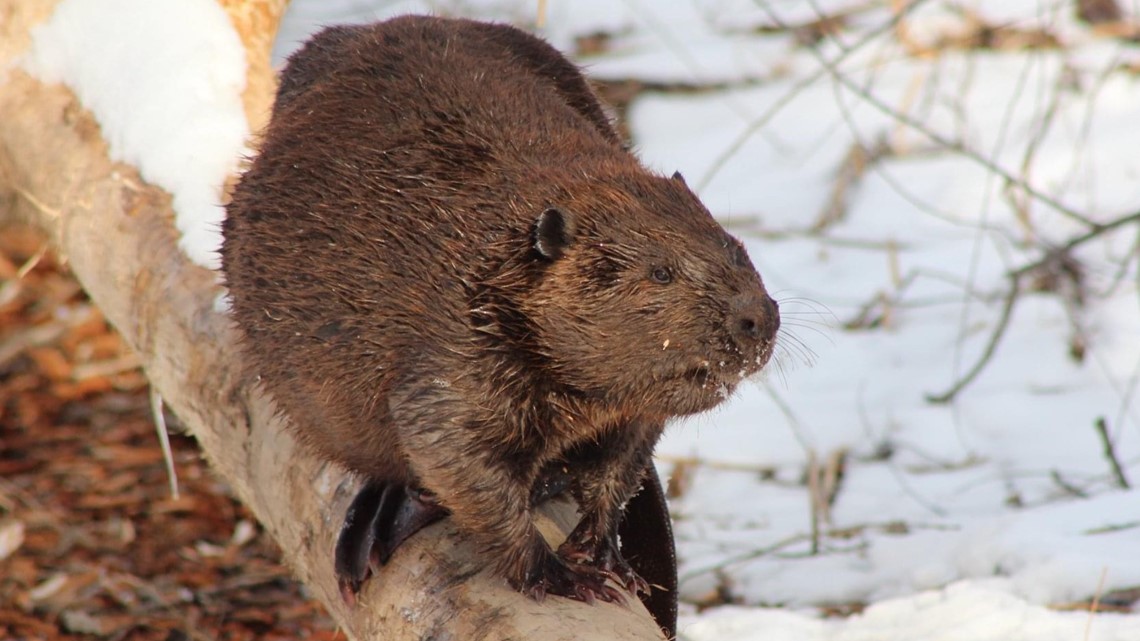
And then there are Beavers. Unlike some of their mammal brethren, they do not hibernate. Their dense coat and tail protect them, and they also use their own architectural skills to construct sturdy lodges that keep them safe and warm all season long.
"Within a lodge, you would have an entire family unit, that would include the two adults, the young or the kits from this year, as well as the yearlings from the year before. So there's a lot of body heat keeping them comfortable in that lodge."
Adaptations like these are just some of the lessons we can learn from Mother Earth, and Ronan believes this knowledge is important.
"We can learn from animals and we can make technology based on the things we're observing and noticing and studying in wildlife, but in order for us to make those discoveries we have to protect those spaces where that wildlife is."

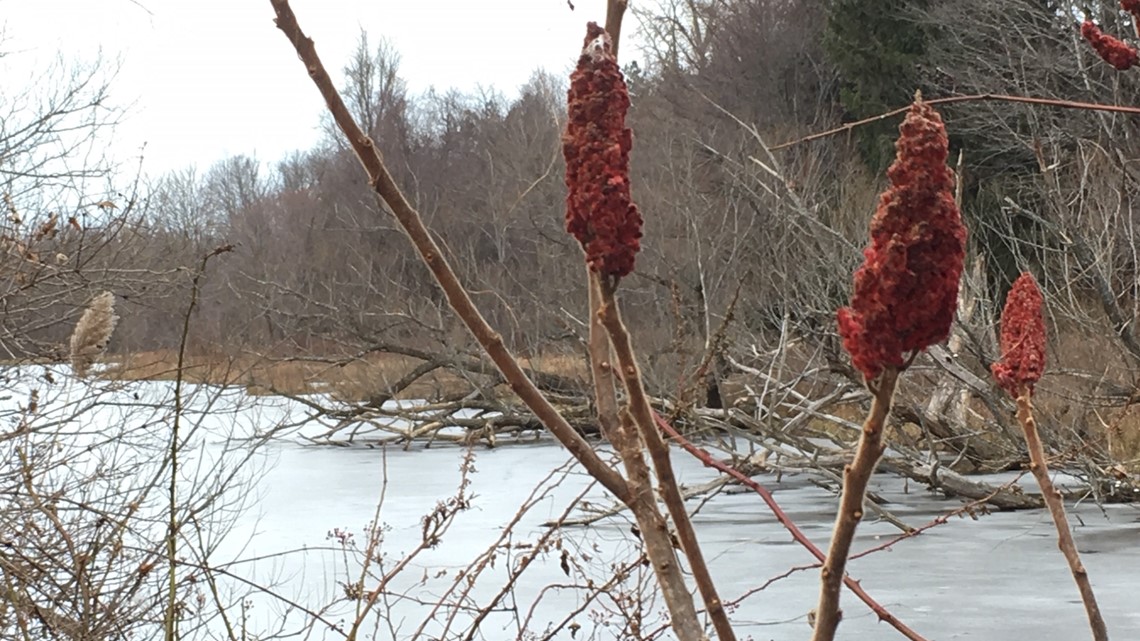
Reinstein Woods sponsors a number of fascinating Winter programs. To find out about them, click here.

